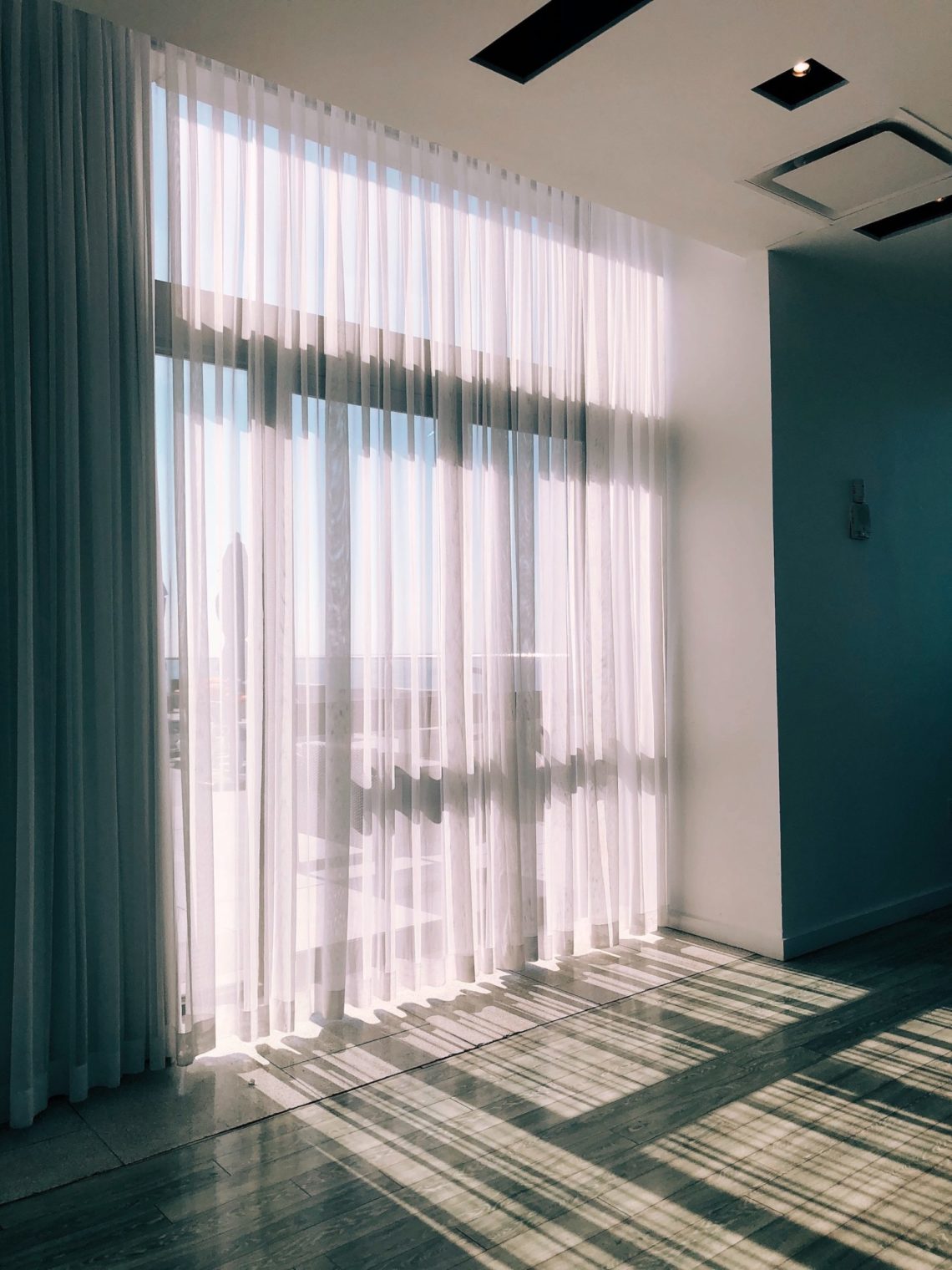
Simple home renovations that save money and add capital value
CRC for Low Carbon Living

Home renovation is a booming business in Australia – and you’ve only got to look at the plethora of TV shows and magazines for ways to turn drab to fab.
But it’s not just about adding pizzazz. One of the smartest moves a home owner can make is improving the energy efficiency of a home and the way it feels during weather extremes such as heat waves and cold snaps.
This doesn’t take a degree in building physics to achieve, provided you keep some basic principles in mind.
Windows
Firstly, how a home uses energy and how comfortable it feels is partly dictated by its orientation. As a rule of thumb, north-facing windows give you an abundance of free heating in winter, while south and west-facing windows increase the heat your home takes in during the summer months.
It’s beyond the scope of a normal renovation to change the way your home sits on its block, but you can still take advantage of these basic passive solar design principles.
If you are looking to extend, think about putting in windows or sliding doors that face north, or ways to provide more shade for the south and west.
Adding blinds or awnings to south-facing and west-facing windows on the exterior is another good move. By stopping sunlight hitting the windows or glass sliding doors, less heat will be transferred through the glass and into the interior.
In most homes, windows are generally single glazing. This type of glass is not a good
insulator – in winter it lets cold in and heat out, and in summer it does the reverse.

One option is to replace single-glazed windows with double-glazing, which is now close to the same price due to the growth in demand for the better performing glass products. It is also possible to purchase windows on the Australian market that meet the very high standard of Europe’s PassivHaus. These types of windows have been specifically designed not to transfer heat or cold.
A lower-budget option is to add a window film to the existing glass. These products have come a long way since the days of the foil-look films and are now less visually obtrusive, while still providing a level of insulation and UV protection.
Another smart renovation investment is a blower door test to find where air leaks in or out of a home. The cost of the test is quickly repaid once gaps and leaks are sealed, because fixing those weak points will mean your heating and cooling won’t need to work as hard and your energy bills will go down.
Lighting
Lighting is also an easy way to reduce bills. There are now lighting systems that can be controlled via a smart phone or laptop. These DALI [Digitally-Addressable Lighting] systems allow occupants to set lighting to go on and off according to a timer and adjust light levels for different times of day or different activities.
An easier option is to switch all fluorescent and halogen bulbs to LED-equivalents. Most common lighting fixtures including down lights and strip lights can now be fitted with an appropriate LED without needing to change the light fitting. While the upfront cost per bulb is higher, LED lights use a fraction of the energy and last much longer than conventional light bulbs.
Insulation
Insulation is another thing that can be easily addressed when renovating. Any work involving the walls or floors is an opportunity to address any gaps in existing insulation or replace insulationthat is deteriorating.
An excellent combination is insulation both above the ceiling and immediately below the roof. Something like aluminium foil insulation against the roof reduces the heat entering the roof space in summer and heat exiting in winter – this also means that if you have ducted heating or cooling installed, the system will not have to expend as much energy getting air to the right temperature before it enters the house.
Having a qualified installer inspect the roof space is also a good idea.
The roof
Another good tip is to consider changing a dark roof to a lighter colour. This not only reduces the solar heat entering the home, it also means your home will not radiate as much heat into surrounding air in the evening.
Adding solar PV panels and a rainwater harvesting system are also two highly valuable projects in terms of the roof. Studies have shown that both solar PV and rainwater harvesting can add thousands of dollars to the sale price of a home – as well as saving you on power and water bills while you live in it.
Greenery
One final thing that can be achieved on a low budget that will add value and save you money is planting the right kind of greenery around your home. Trees, annual plants on trellises, window boxes and deciduous shrubs on the southern and western sides of a home will reduce the impact of summer heat.

Edible gardens or edible plants including dwarf fruit trees, native bush tucker, herbs, salad greens and chillies in pots and planters also have a real benefit in terms of your grocery bill, and possibly even your doctor’s bills through improved diet!
Plants also add to the appeal of a home for potential buyers or tenants.
By undertaking basic renovations that reduce the cost of living in a home, there is another pay-off. With the money you save on power bills and water bills, there could be more in the budget for the glamour items such as new kitchen cabinets, an interior paint job, or a stylish (yet water-efficient) bathroom makeover!








